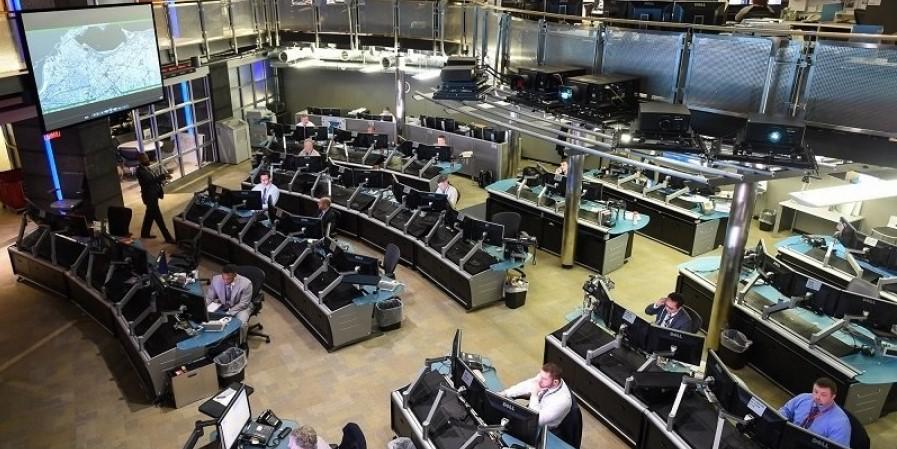Counterterrorism Methods Refocused to Achieve Greater Clarity
The United States’ recent reorganization of the National Counterterrorism Center (NCTC) is more of a targeted realignment based on the new threat picture, according to an NCTC official. A greater emphasis is being given to the center’s vital identities intelligence mission with an eye toward supporting mission partners in the midst of other threats, such as peer competition.
The official states that the realignment aims to guarantee that core counterterrorism capabilities are preserved as the government shifts resources to other emerging national security priorities. “We want to ensure that any counterterrorism resource shifts or decrements are fully transparent among counterterrorism partner agencies and do not create inadvertent gaps in coverage.
“For many years, global counterterrorism operations have enabled other activities against rising threats, and we want to ensure that we do not lose these hard-earned advantages as the country contends with a more complicated picture,” the official emphasizes.
The official notes that the NCTC has developed “unique tradecraft, tools, technology, training and compliance standards” over the past 16 years since its founding. The realignment seeks to ensure that resources are used “smartly and efficiently” across the counterterrorism community, especially with burden sharing and joint efforts.
Among the changes, the Directorate of Terrorist Identities will tap tactical resources previously located in the Directorate of Intelligence to enhance the identities intelligence mission. This will help focus on identity discovery, entity resolution and vetting, particularly with an eye toward border and security screening. Advanced biometrics will play a greater role in identifying terrorists before they cross the border, as the NCTC assumes a leading role in identity intelligence.
The Directorate of Strategic Operational Planning is streamlining its coverage to better take advantage of support from Mission Performance, Analysis and Collection in the Directorate of Mission Integration. Chemical, radiological, biological and nuclear threat expertise will be aligned and streamlined to eliminate redundancies. Similar efforts will be exercised across the Office of the Director of National Intelligence (ODNI) for strategic communications and talent development.
And, the NCTC will work with the intelligence community and law enforcement partners to build a surge-capable workforce to help the center address the increasingly diverse terrorist threat picture.



Comment
My interest is investing in,
My interest is investing in, and promoting buy and hold stratagies for publicly traded companies that support national defense, national security, and the DHS critical infrastructure sectors so it was thought provoking (and helpful) to consider the realignment of the NCTC from a mission perspective. I followed this link after requesting the article, FlexGround High-speed Broadband for Remote Government Operations by Intelsat General located in the Signal Magazine resource library and referred to that link by following a Defense Systems Information Analysis Center article on carbon nanotubes. As for NCTC article, keep me in the loop. Thank you.
Comments